Understanding the Different Types of Drawdowns in Prop Trading
Understanding a prop firm’s drawdown rules is crucial, particularly when selecting the most suitable prop firm for your needs. Drawdowns, in this context, represent the…

Understanding a prop firm’s drawdown rules is crucial, particularly when selecting the most suitable prop firm for your needs. Drawdowns, in this context, represent the decline from a trading account’s peak to its lowest equity or balance during a trading period. Various factors, such as market conditions, trading strategies, and risk management, can contribute to drawdowns.
In this article, we will dive deeper into the different types of drawdowns that are commonly seen in prop trading. By the end, you will have a better understanding of each drawdown type and how they can impact your trading performance.
Prop Firm Drawdown Types and Rules
The common drawdown types used in prop trading are the static or balance-based drawdown; and the trailing or equity-based drawdown. Each drawdown type has specific rules that traders must follow to pass trading assessments and maintain funded accounts. Let’s review this below:
Balance-Based or Static Drawdown
The static drawdown, also known as the absolute drawdown type, is based on the trader’s initial account balance. This means that the maximum drawdown allowed is calculated as a percentage of the starting capital. If a prop firm’s drawdown rule states a 10% static drawdown, it means a trader cannot lose more than 10% of their initial account balance at any given time.
Equity-Based or Trailing Drawdown
The trailing drawdown, also known as relative drawdown is based on the trader’s current equity level. This means that the maximum drawdown allowed is calculated as a percentage of the current account equity. As traders make profits and their account balance increases, the maximum drawdown limit also changes. Therefore, a trader must continuously monitor their equity level to ensure they stay within the allowed drawdown limit.
How to Calculate Drawdowns in Prop Trading

Let’s break down how we calculate static and trailing drawdowns:
Static Drawdowns Calculation
The static drawdown is calculated based on the initial balance of the trading account. Here’s how you can calculate it:
Static Drawdown = (Initial Account Balance – Lowest Account Balance) / Initial Account Balance x 100%
If a trader starts with an account balance of $10,000 and the account balance drops to $8,500, the static drawdown would be calculated as follows:
Static Drawdown = ($10,000-$8,500) / $10,000 x 100% = 15%
If the prop firm only allows a maximum static drawdown of 10%, this trader would have exceeded the limit and could be disqualified from their challenge or lose their funded account.
Trailing Drawdowns Calculation:
The trailing drawdown adjusts with the account’s equity. It recalculates the maximum drawdown over a certain period as the account balance changes.
Trailing Drawdown = (Highest Account Balance – Current Account Balance) / Highest Account Balance x 100%
Let’s say a trader’s account reaches a peak balance of $12,000, but later falls to $10,800. The drawdown calculation for this is as follows:
Trailing Drawdown = ($12,000 – $10,800) / $12,000 x 100% = 10%
If the prop firm’s rule is a maximum trailing drawdown of 10%, the trader is at the limit, and any further loss could breach the drawdown rules, risking disqualification or loss of their funded account.
*Note: In most cases, once the drawdown limit is reached, all trading activities will pause, resulting in the trader’s disqualification.
Which is Better: Static or Trailing Drawdown?

The choice between a static or trailing drawdown type depends largely on a trader’s strategy and trading style. Both options have their advantages and disadvantages. To help you make smarter decisions when selecting the right prop firm to fit your strategy, here’s an overview:
| Drawdown Type | Pros | Cons |
| Static Drawdown | Provides a clear understanding of the maximum loss based on the initial account balance.Encourages cautious trading behaviour to avoid exceeding the set drawdown limit. | This might limit trading strategies as traders aim to stay below the drawdown limit.Does not adjust based on account growth, potentially hindering opportunities for larger trades. |
| Trailing Drawdown | Allows for more flexibility in trading as the drawdown limit adjusts with increasing equity.Can be beneficial during profitable trades as it enables larger stakes. | Requires continuous monitoring of equity level to ensure compliance with the changing drawdown limit.Risky during market volatility as a significant decrease in equity (more than the allowed limit) will result in breaching the drawdown rules. |
What Drawdown Type Does FXIFY Offer?
At FXIFY, we understand that every trader has a unique style and strategy. That’s why we offer both trailing and static-based drawdown types to cater to our clients’ needs. Our One Phase and Two Phase program offers a trailing drawdown type, while the Three Phase program provides a static-based drawdown. Traders at FXIFY have the option to choose and tailor their program based on their preferred drawdown type. This allows for more flexibility and customisation in their trading experience. So whether you’re a cautious trader who wants to limit potential losses or an aggressive trader looking for opportunities to increase stakes, FXIFY has got you covered.
Learn more about our funded trading programs at FXIFY.
Conclusion
Choosing the right prop firm and drawdown type is crucial for any trader’s success. Traders must understand the pros and cons of each drawdown type and determine which one aligns with their trading style and goals. FXIFY offers both trailing and static-based drawdown types, providing traders with the flexibility to choose the one that suits them best.







